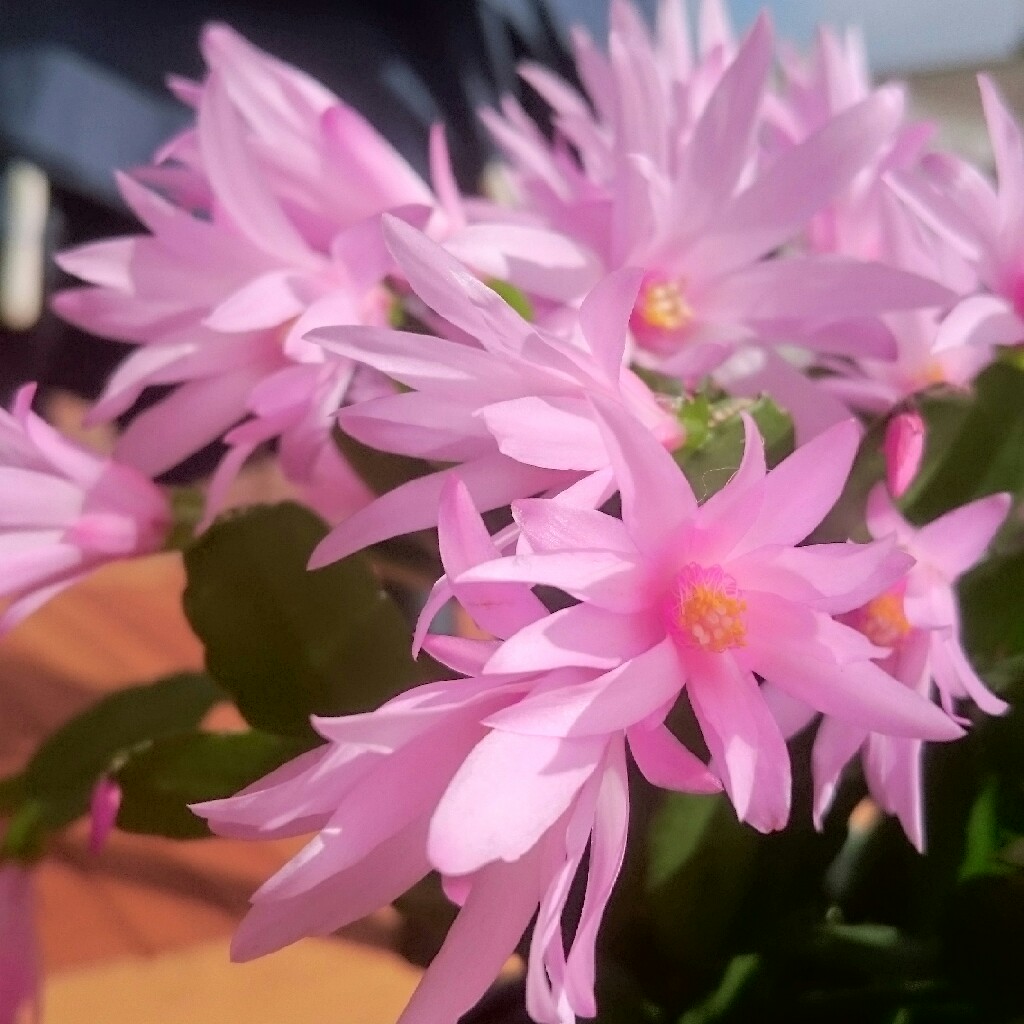
Rhipsalidopsis rosea
Dwarf Easter Cactus
The Dwarf Easter Cactus, Rhipsalidopsis is a tender succulent plant native to tropical forests of South America, and hardy in USDA zones 9 - 12. Elsewhere it is usually grown as a house-plant. It has pale pink, 1"-2" flowers in Spring, and sometimes re-blooms in Autumn.
Contributed by @slj
-
Full sun to partial shade
-
Very little water
-
Not Frost hardy
-
Light and free draining
Common name
Dwarf Easter Cactus
Latin name
Rhipsalidopsis rosea
type
Flowering plant
family
Cactaceae
ph
5.0 - 7.0 Acid - Neutral
Plant & bloom calendar
-
Best time to plant
full grown dimensions
 0.60 M
0.40 M
0.60 M
0.40 M
Rhipsalidopsis rosea
The Dwarf Easter Cactus, Rhipsalidopsis is a tender succulent plant native to tropical forests of South America, and hardy in USDA zones 9 - 12. Elsewhere it is usually grown as a house-plant. It has pale pink, 1"-2" flowers in Spring, and sometimes re-blooms in Autumn.
Planting
From Early Spring TO Early Spring
In the garden, Easter Cactus should be grown in planters or hanging baskets in dappled to full shade. They will tolerate some morning or late afternoon sun in coastal or temperate regions. Indoors, these plants should be grown in bright, indirect light, but never in full sun, in an area with good air circulation. Easter Cactus can survive in temperatures from 35° to 100°, but to thrive, they need daytime temperatures of 70°-80° with 10° cooler at night. Easter Cactus should be grown in a light, fast draining, peat moss based planting mix with coarse builders sand or perlite added.























